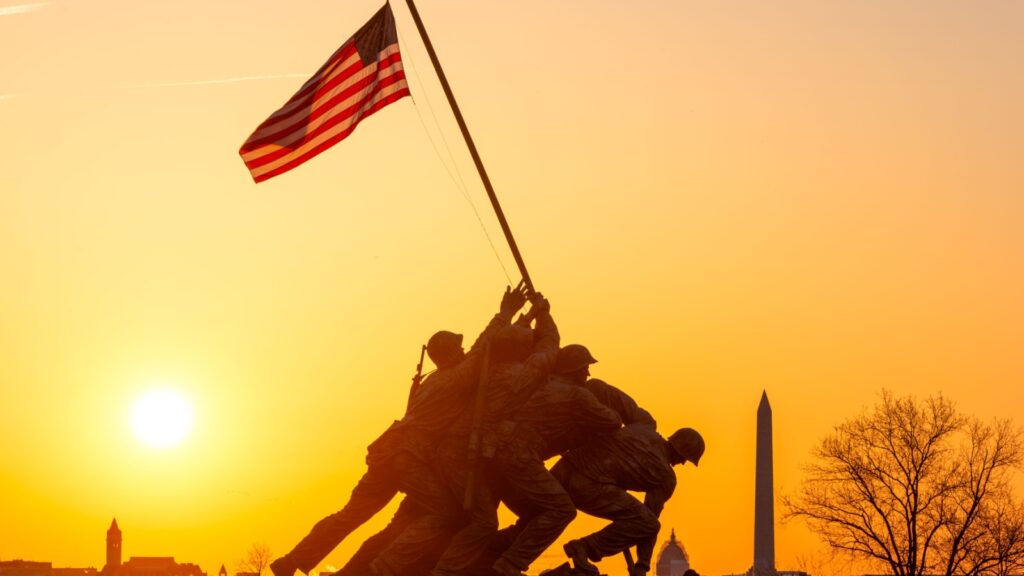History’s full of big stories. A lot of these stuck around mostly because they were catchy, and a few of these were completely blown out of proportion. Other stories were twisted through rushed reporting. Here are 18 historical moments people think they know, but the real details are different.
Orson Welles’s Radio Panic (1938)
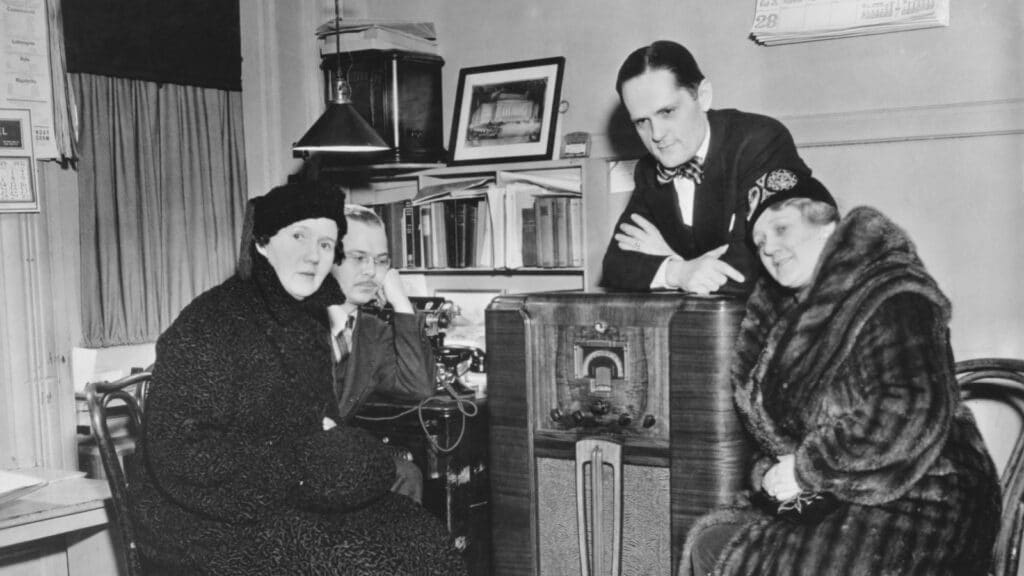
People love repeating the idea that Americans ran screaming into the streets during Orson Welles’s War of the Worlds broadcast. But in reality, hardly anyone even heard the show live, as the majority of listeners were tuned into a comedy program on another station. This idea of “mass panic” came afterward from newspapers that were annoyed at how popular radio was becoming.
Iwo Jima’s Famous Photo (1945)
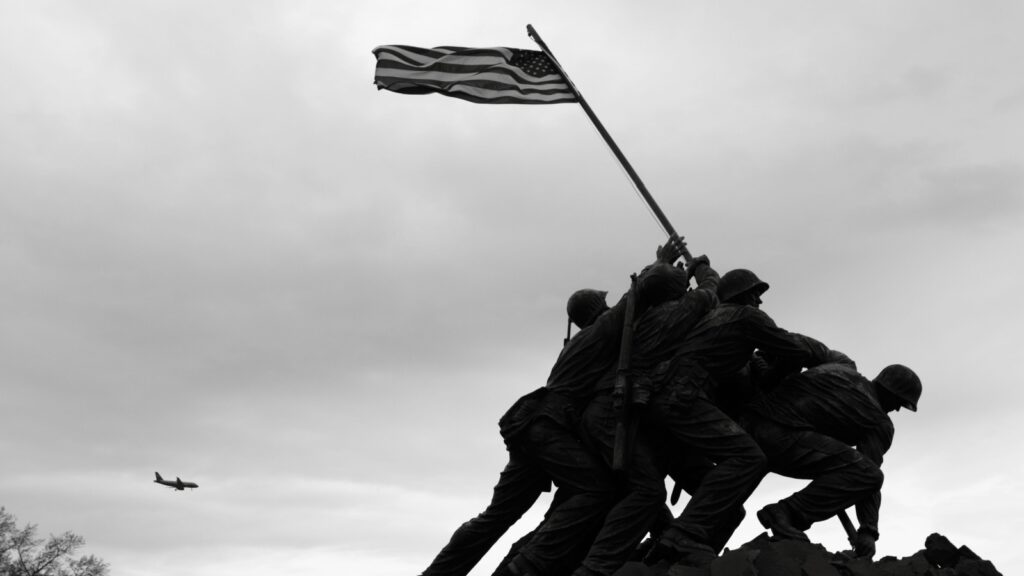
Joe Rosenthal’s picture of soldiers raising the flag during World War II is truly iconic. However, this photo didn’t come from the first flag raising, but rather the second. This flag was bigger than the first. If that wasn’t bad enough, several men in the photo were misidentified for decades, until a Marine Corps review in 2016 finally corrected the list. Wartime reporting moved too fast to get all the details right.
Betsy Ross’s Flag (1870)
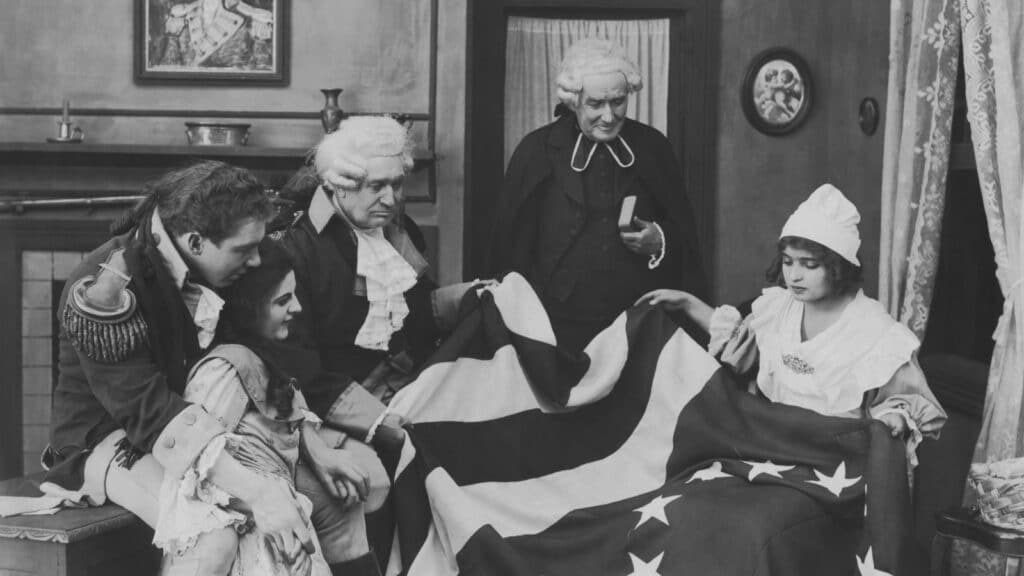
The story of Betsy Ross creating the American flag didn’t exist during the Revolution. It actually came from her grandson, nearly a century later, who claimed she’d sewn the first American flag. But there are no records from 1777 that support this. Several flagmakers produced flags at that time, yet the story of one woman and one flag was easier to believe.
The Titanic Was Marketed as “Unsinkable” (1912)

While people swear that White Star Line advertised the Titanic as unsinkable before it left port, that’s not true. The company’s language was more cautious, and phrases like “practically unsinkable” came from trade journals instead. The “unsinkable” label really became popular in news coverage after the sinking, not before, even though White Star Line never called it such.
Kennedy’s Berliner Mistake (1963)

In 1963, President Kennedy gave a speech in Berlin and said, “Ich bin ein Berliner.” The story says that a “Berliner” is a donut, so Kennedy essentially said he was a donut and made the Germans laugh. But it’s not true. Locals call it a “Pfannkuchen,” and “Berliner” is a term for donuts that isn’t used in Berlin. In fact, the crowd cheered loudly when he said this.
Paul Revere’s Ride (1775)
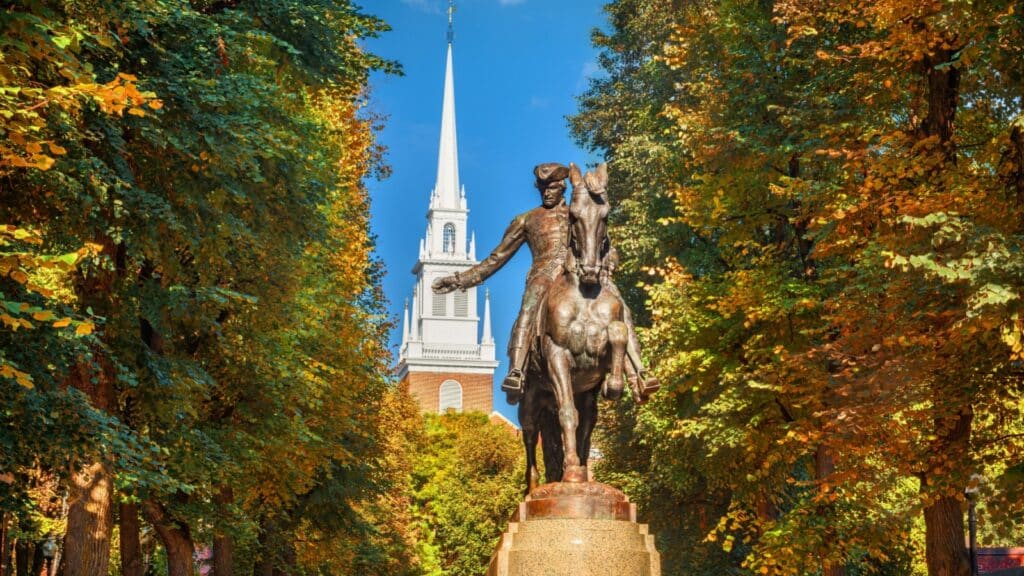
Paul Revere’s shout that “The British are coming” probably never happened. Revere and the other riders actually moved quietly to avoid British patrols, using coded signals and house-to-house alerts. The whole idea that he was a lone hero on horseback comes from Henry Longfellow’s poem “Paul Revere’s Ride,” which was written decades later.
Salem Witches Were Burned (1692)
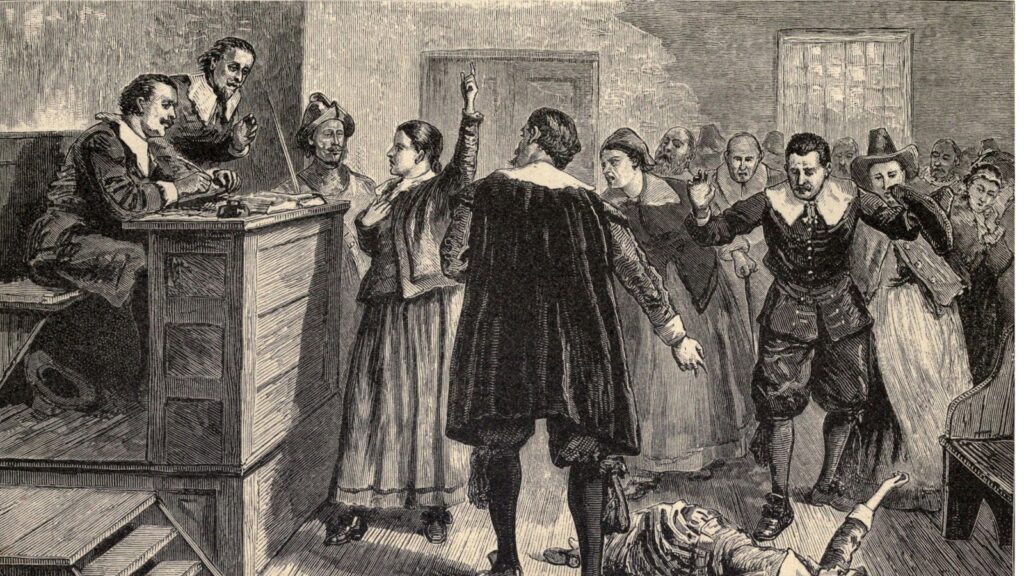
Many people picture witches tied to stakes and set on fire in Salem. That never happened. In Salem, nineteen people were hanged and one man was pressed to death, while a few died in jail. This idea of witch-burning came from Europe, where it was really done, and not in colonial Massachusetts. Over time, European imagery was simply mixed into the American story.
Mrs. O’Leary’s Cow Did It (1871)
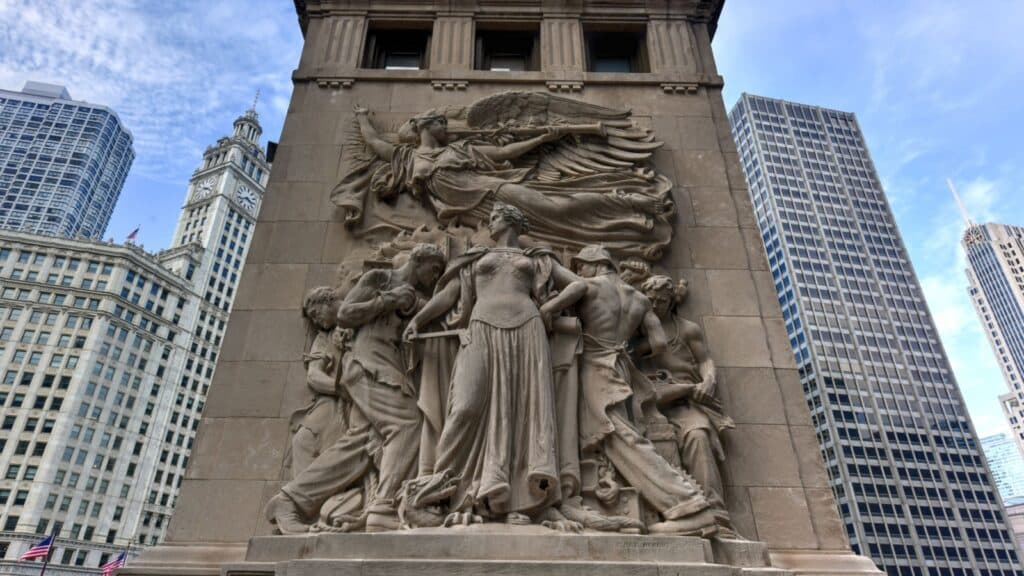
For generations, people have blamed the Great Chicago Fire on one unlucky cow, claiming that Catherine O’Leary’s cow kicked over a lantern and caused it. Yet a reporter later admitted he made that detail up to make the story more interesting. O’Leary’s barn did burn, yes, but there’s no proof that the cow was involved. The city eventually cleared her name.
Marie Antoinette’s “Let Them Eat Cake” Line (1770s)
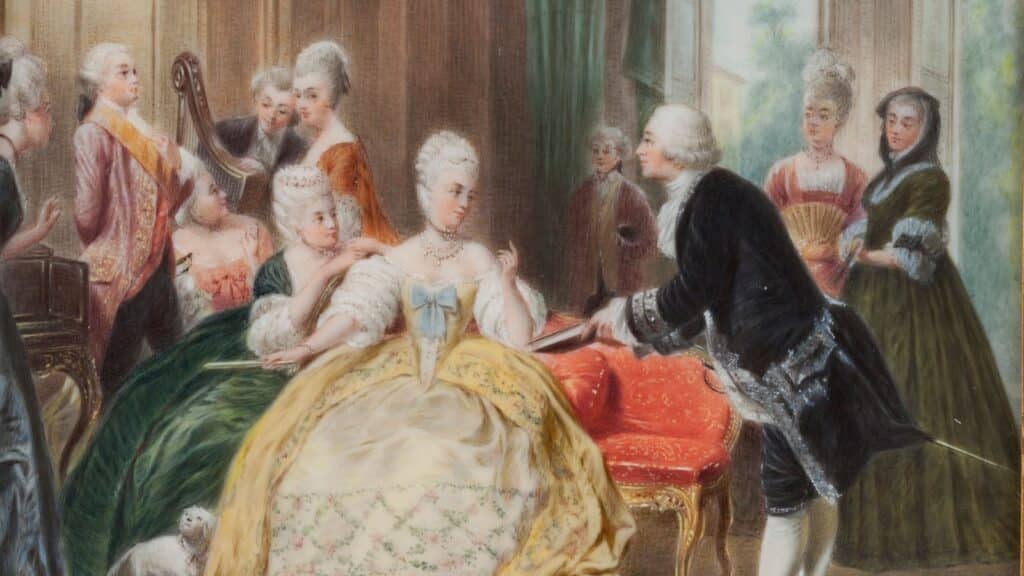
The line that everyone associates with Marie Antoinette is something she almost certainly never said. Jean-Jacques Rousseau wrote it down years before she was even queen and was apparently quoting some unnamed “great princess.” Historians have dug through evidence to find that there’s proof tying the quote to Marie.
Gunfight at the O.K. Corral Details (October 26, 1881)
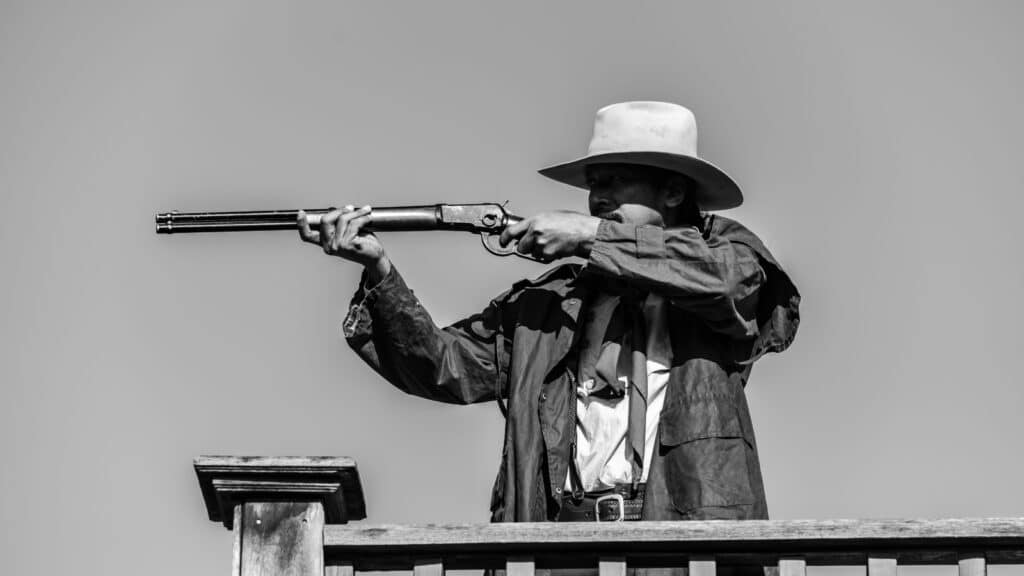
When you imagine the gunfight at the O.K. Corral, you probably think of a long, dusty showdown with guns blazing in the middle of town. That’s a Hollywood myth. The actual shootout lasted about half a minute and took place in a narrow lot beside the O.K. Corral. Later, newspapers exaggerated it to make it seem longer and a lot more dramatic.
Washington’s Cherry Tree Confession (1800s Myth)
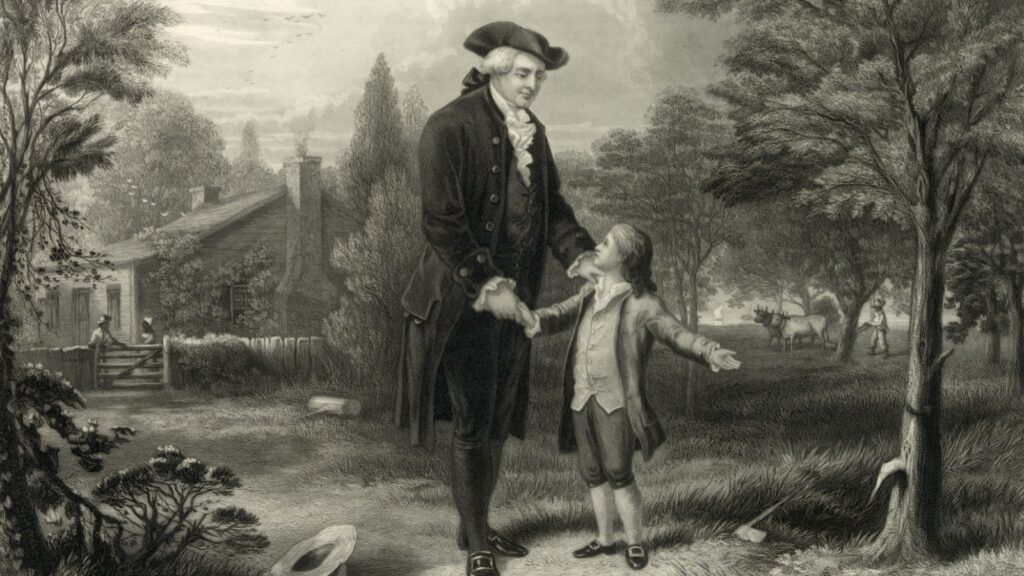
George Washington’s family never told the famous “I cannot tell a lie” cherry tree story. In fact, it was his biographer, Mason Locke Weems, who created it, as he wanted a wholesome story to inspire kids. The myth spread rather quickly because it made Washington sound like the perfect childhood role model, but there’s no truth behind it.
George Washington Crossing the Delaware (December 25, 1776)
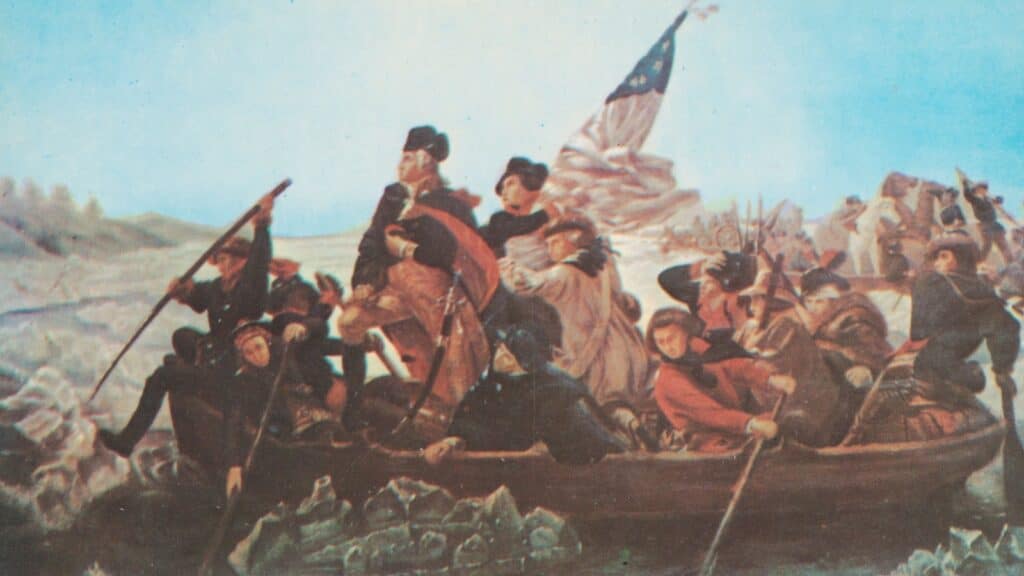
That’s not all for Washington. The famous painting shows him posing like a movie hero in broad daylight when he crossed the Delaware. But the real crossing was pitch-black and freezing, as ice clogged the river. The soldiers were also exhausted and behind schedule, so it was nowhere near as dramatic as the image shows.
The First Thanksgiving Was a Peaceful Feast (1621)
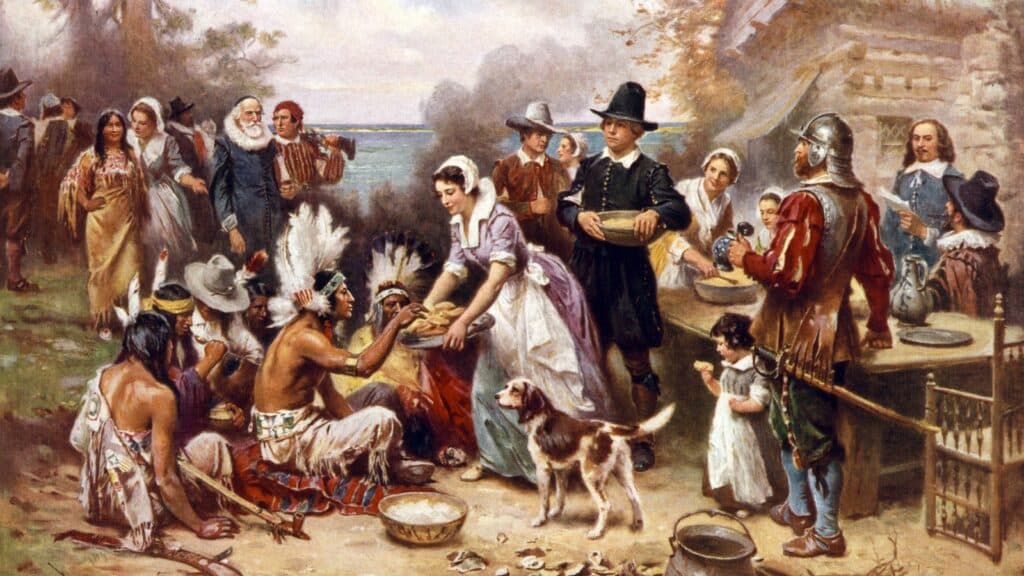
Sadly, the traditional idea of Thanksgiving as involving Pilgrims and Wampanoag sitting around a big, friendly feast isn’t accurate. Instead, it was more of a harvest celebration by the colonists, with the Wampanoag only showing up after hearing gunfire. They thought trouble had started. This holiday version appeared centuries later when Americans wanted a nice origin story for Thanksgiving.
The Trojan Horse Was a Giant Wooden Horse (12th Century BCE)
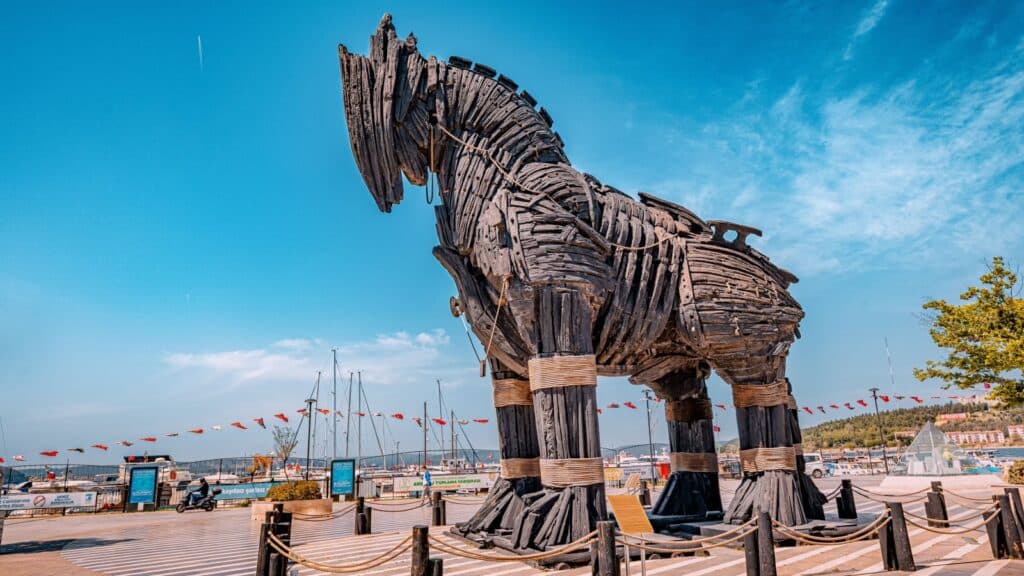
We’d like to believe the story of a huge wooden horse rolling into Troy with soldiers hiding inside. However, the ancient sources don’t even agree on what this horse really was, and there’s also no physical evidence for a real structure. It could’ve been a siege device or may have simply been symbolic. The horse story comes from Renaissance art and later retellings.
The Berlin Wall’s Fall Happened All at Once (November 9, 1989)
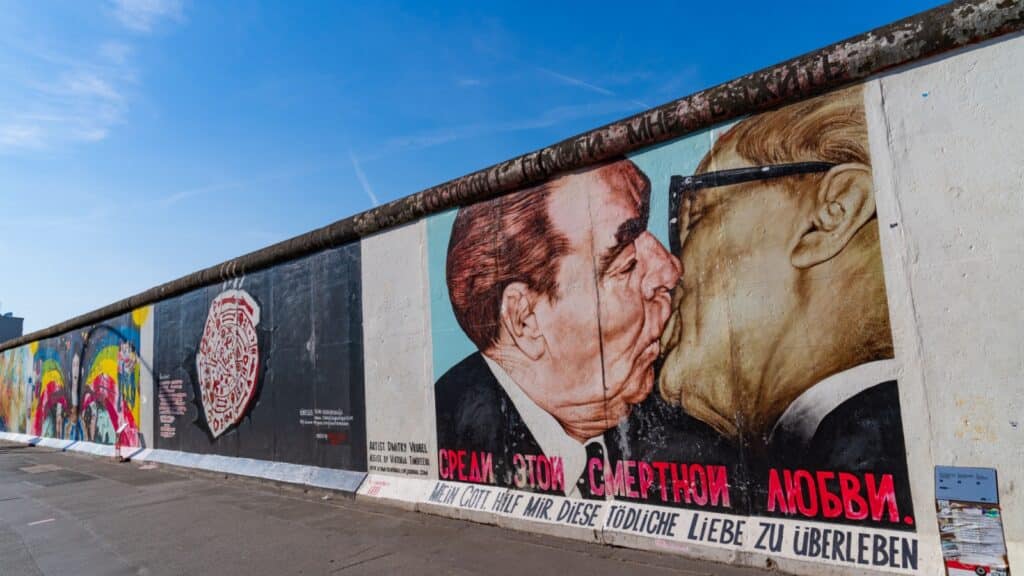
The TV footage makes it look like the Berlin Wall came down overnight in one giant wave of people. However, it was a much slower and more random process, with some border crossings opening quickly and others not opening until the next day. Chunks of the wall stayed up for months. This “sudden collapse” idea is just the most photogenic parts strung together afterward.
The Wall Street Crash Caused Immediate Mass Suicides (October 1929)

There’s a legend that says the Wall Street Crash led to bankers jumping out of windows, making it sound like mass panic erupted overnight. Contemporary records don’t back that up. Yes, a few tragic cases happened, but it wasn’t a sudden wave, and newspapers exaggerated it at the time to sell papers. Later films doubled down on that chaos.
Nero Played the Fiddle While Rome Burned (64 CE)
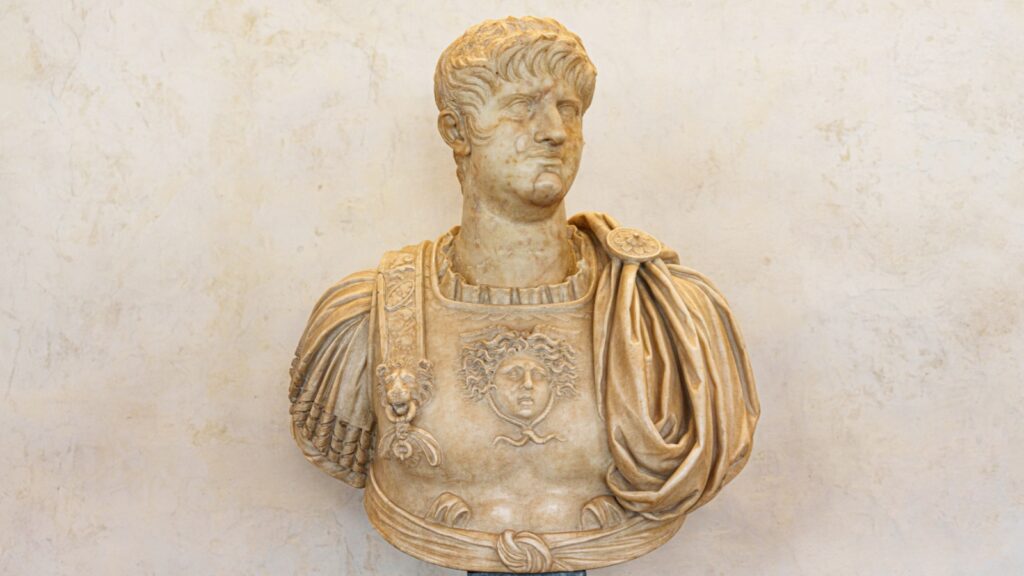
The idea of Nero playing the fiddle when the city went up in flames is interesting, but it’s just that. An idea. Firstly, fiddles didn’t exist in Nero’s time, and he wasn’t even in Rome when the fire started. He actually rushed back to organize relief efforts once he heard the news. It was Roman historians who hated him who turned that into a story about a lazy, uncaring emperor.
Van Gogh Cut Off His Entire Ear (1888)
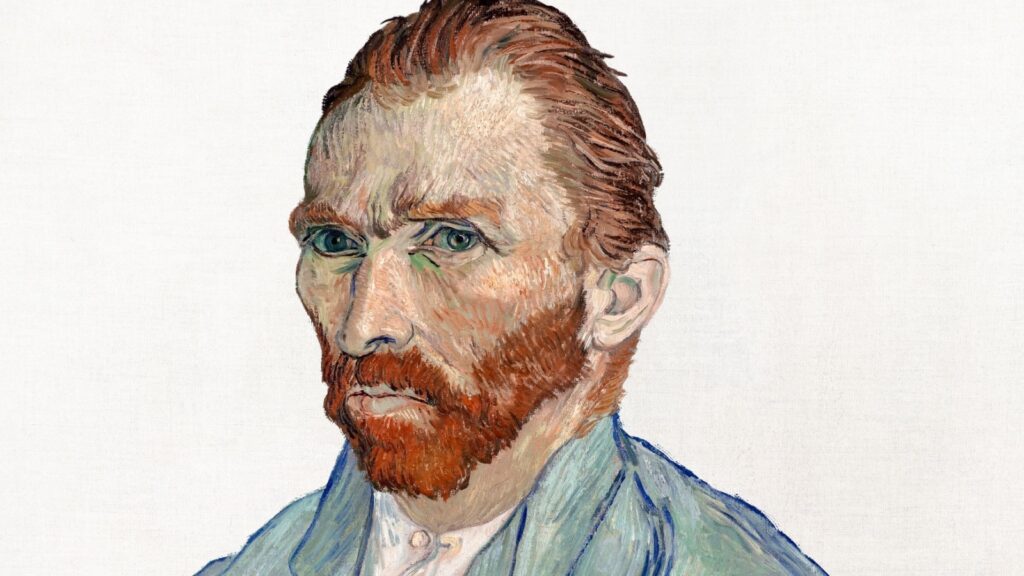
The story of Van Gogh being a mad artist who chopped off his ear is exaggerated. In reality, he sliced off part of his earlobe instead of the whole thing, and it was early biographers who changed the story. They thought it matched the tragic genius image that stuck to him after his death.
Historical Icons Who Became Legends After Their Deaths
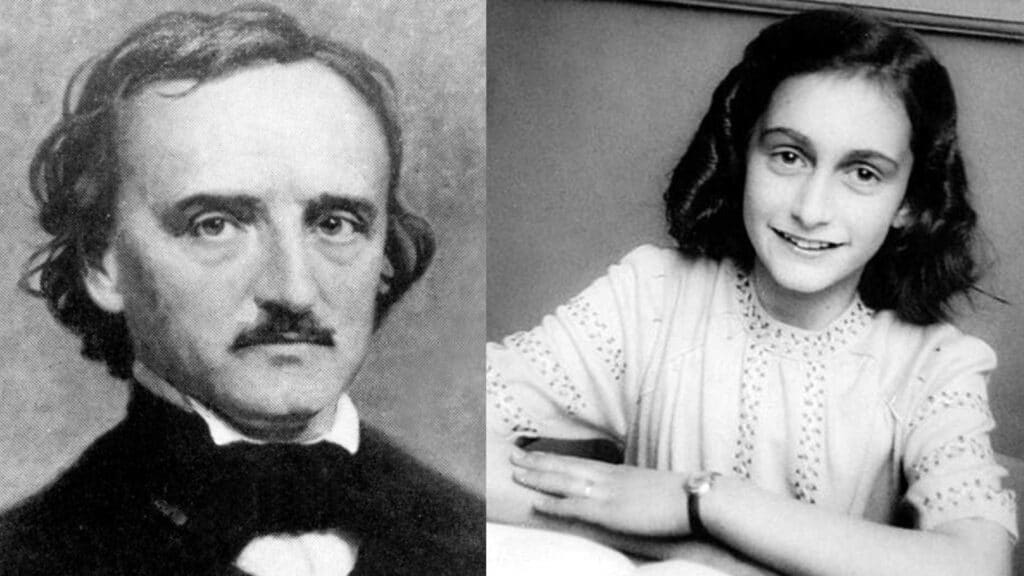
These legends weren’t exactly living like royalty when they were breathing, but once they were dead? Oh yeah – books, films, conspiracy theories, cult followings. Whether rebel, visionary, or outcast artists, their real fame began six feet under.
Historical Icons Who Became Legends After Their Deaths
Historical Figures Who’d Be Horrified by Their Own Legacies
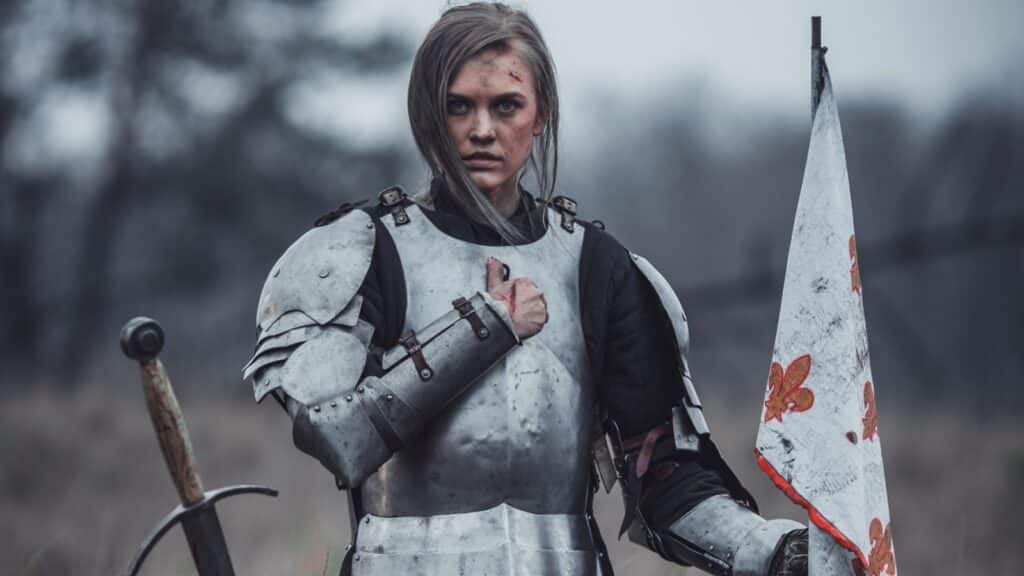
Waking up after centuries and seeing your own face on something you despised is a pretty awful destiny. Yes, the following 15 historical figures would be totally embarrassed if they knew how they are remembered nowadays.
Historical Figures Who’d Be Horrified by Their Own Legacies

